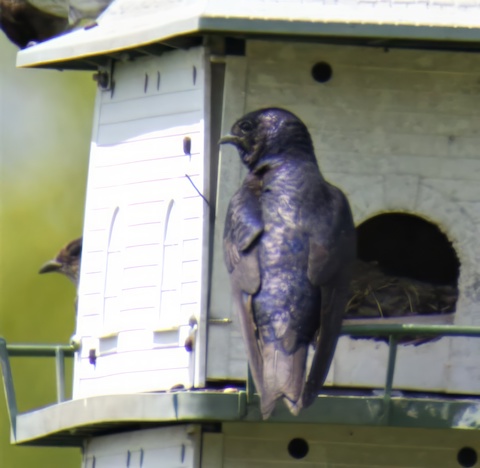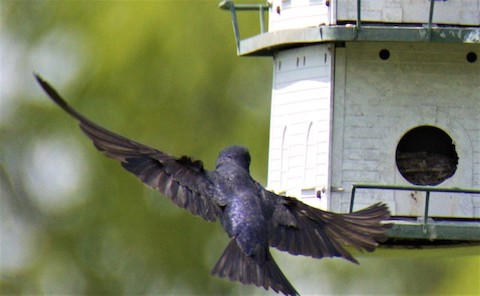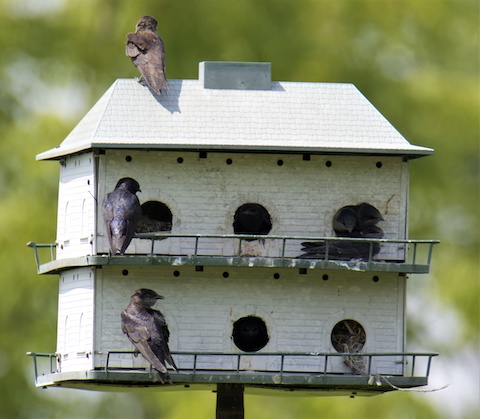My sister and l recently took a ride out to the site of the Little Rock Creek Bald Eagle nest that I have written about in this space previously. While the eaglets had fledged a few weeks ago, I was hopeful that one or two of the juvenile eagles or their parents might be paying a visit to their old nesting area. Unfortunately, none of the eagles were present when we were there. We then decided to take a short drive from the eagle nesting site to Shabbona Lake State Park to see what we could find there.
Shabbona Lake, located just south of the village of Shabbona in DeKalb County, is part of our Fox River watershed. It was constructed as a recreational fishing lake by the Illinois Department of Conservation (now the Illinois Department of Natural Resources) in 1975 by damming Indian Creek, a tributary of the Fox River, forming a 319-acre lake set amid approximately 1550 acres of woodlands and restored prairie. On our drive in to the lake through the prairie and woodlands, we were treated to the sight of a myriad of native prairie plants including yellow and pale purple coneflower, compass plant, rosinweed, prairie dock, and many other beautiful native plants.
PURPLE MARTINS LIKE MANMADE HOUSES
When we arrived at the shoreline of the lake, I noticed a martin house near the west side of the boat launch parking area. Martin houses are not uncommon at all in our area, but this one was occupied by a full complement of Purple Martins (Progne subis)! That is a little bit more unusual as often the invasive European Starlings and House Sparrows displace the native martins from the houses that were built for them. Purple Martins have long been a favorite among the residents of North America and our Fox River Valley. In pre-European settlement times, the indigenous peoples that inhabited Eastern North America were known to hang hollowed out gourds from trees near their villages to provide homes for the birds. They knew the martins were voracious insectivores that fed on a wide variety of flying insects that threatened their agricultural fields. The tradition of people providing purple martins with constructed houses has continued to the present time, so much so that virtually all of the purple martins east of the Mississippi River nest in manmade houses rather than the holes that woodpeckers made in trees that they lived in previously.

MARTIN FACTS
Purple Martins are the largest members of the Swallow family in North America and one of the largest of the approximately ninety species of swallows worldwide. They typically range from 7 to 8 inches in length with a wingspan of up to 15 inches. Males have dark bluish-black feathers with an iridescent quality that sometimes make them look purple in the sunlight. The females are more brownish in color. The males are also the only North American swallow with a dark colored breast making them fairly easy to distinguish between other species of swallows that live in the area.


EXPERT BUG CATCHERS
As noted, Purple Martins feed primarily on flying insects of all types. They have frequently been cited as able to eat up to 2000 mosquitoes a day. While they may physically be able to eat that many mosquitoes, the reality is somewhat different. While the birds do eat some mosquitoes, they tend to feed much higher in the sky (from 150 to 500 feet) than most mosquitoes typically fly! They hunt almost exclusively in the air and are very adept and acrobatic fliers.

capture flying insects.
SOCIAL BIRDS
They are quite social birds that nest in small colonies in houses provided by people. They are also quite tolerant of humans’ presence which also make them a favorite of birders and non-birders alike. They typically raise one or two broods of chicks per year with each clutch consisting of 3 to 6 small, white eggs. The eggs hatch after 15 to 18 days of incubation and the chicks stay in the nest for 27 to 36 days before fledging.
In late August and early September in our area, Purple Martins will gather in large roosts consisting of thousands of birds as they prepare to fly south to the savannah areas of South America, typically in the countries of Bolivia and Brazil. They take about two or three months to complete their migration south.
NOT A THREATENED OR ENDANGERED SPECIES,
BUT IN A SLOW DECLINE
While Purple Martins are not considered a species that is threatened or endangered, they have decreased in numbers by approximately 25% since the mid-1960’s. The increased use of pesticides and competition from the invasive European Starling and House Sparrow are frequently cited reasons for the decline.

If you have the space and don’t already have a martin house in your yard, consider building or buying one for these beautiful birds. They provide some natural pest control and a great deal of beauty and entertainment watching them fly and hunt. Until next month, keep enjoying the natural wonders of our beautiful Fox River Valley!
